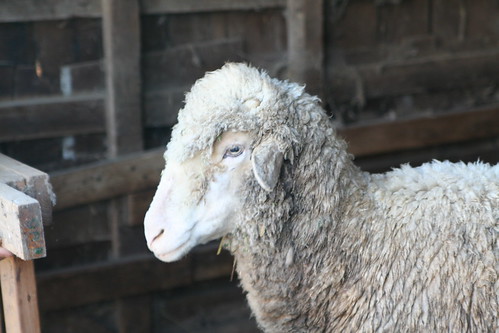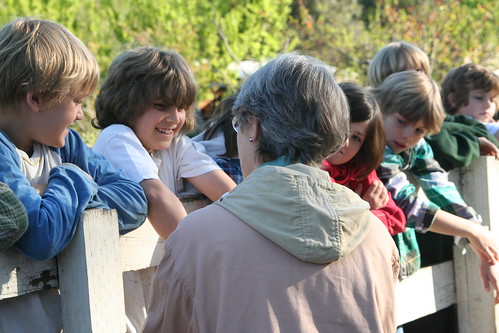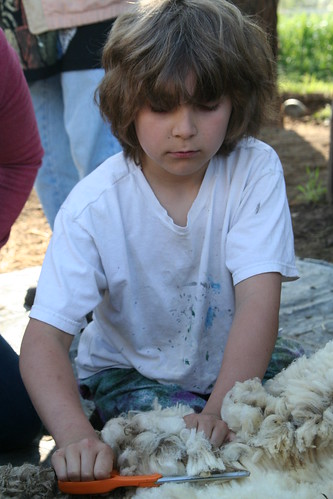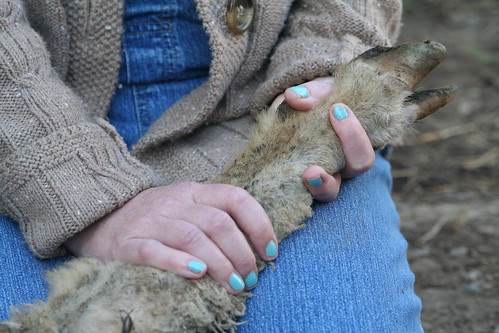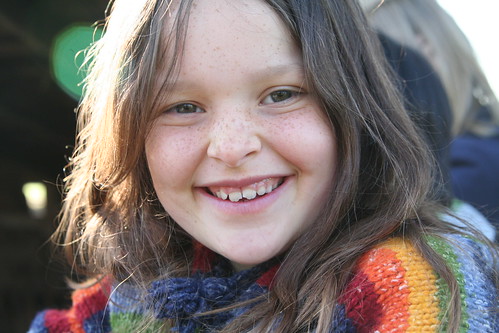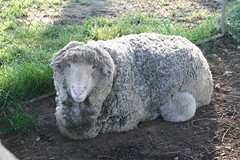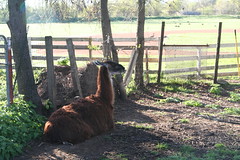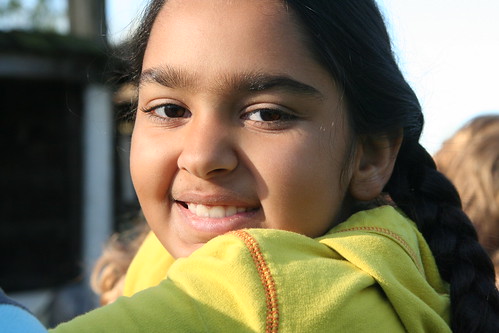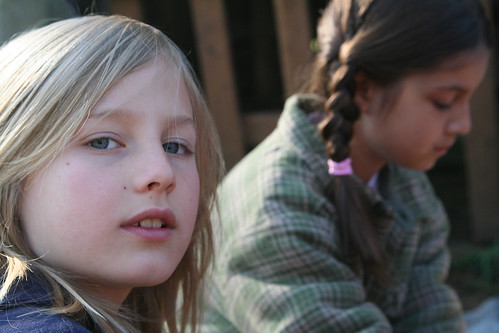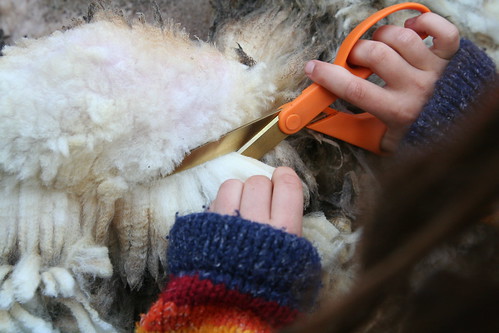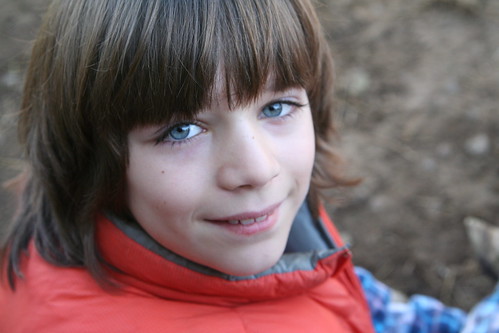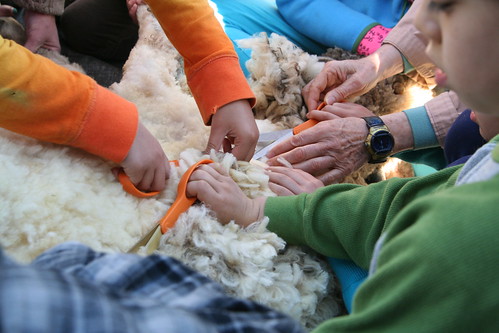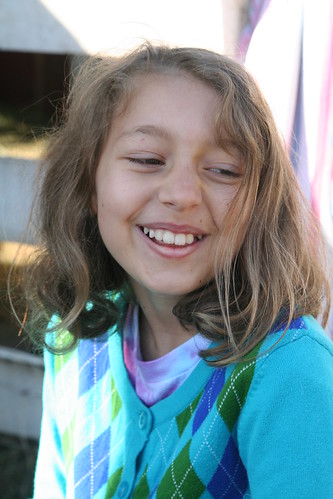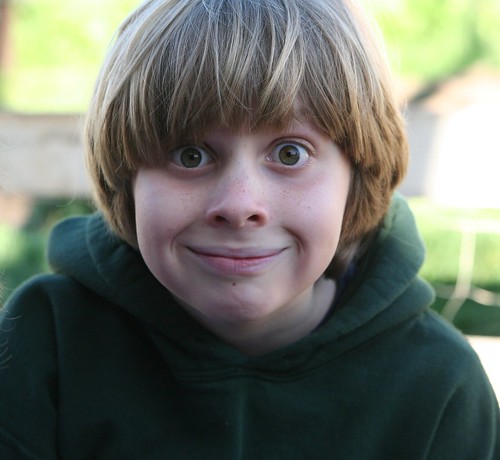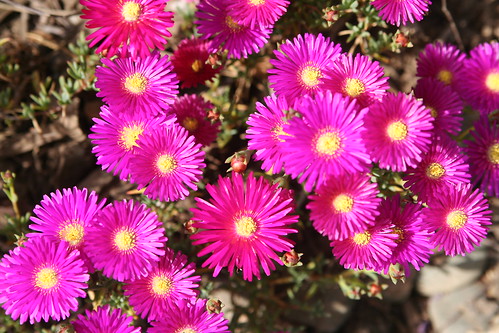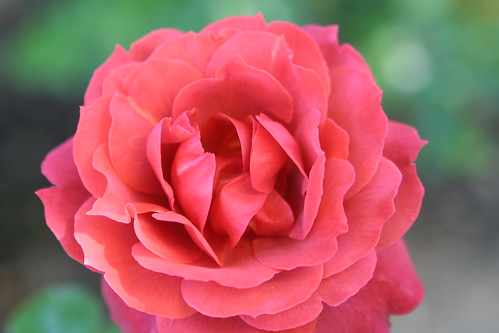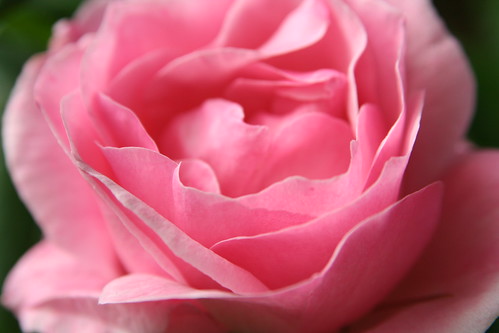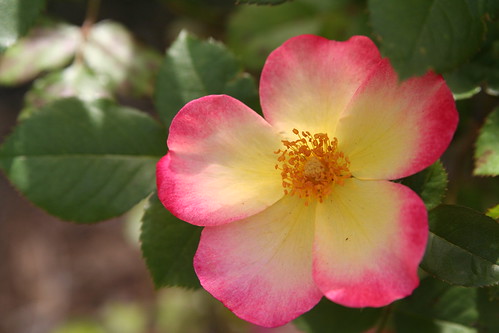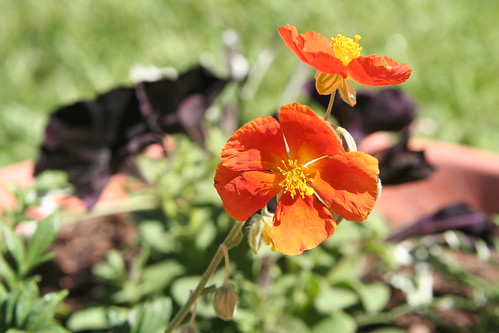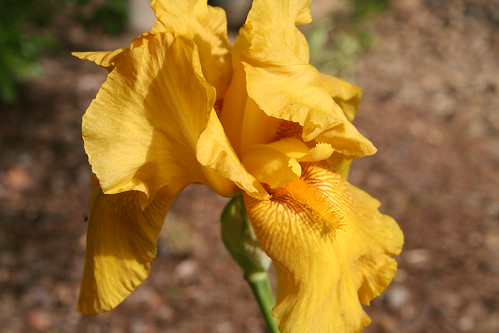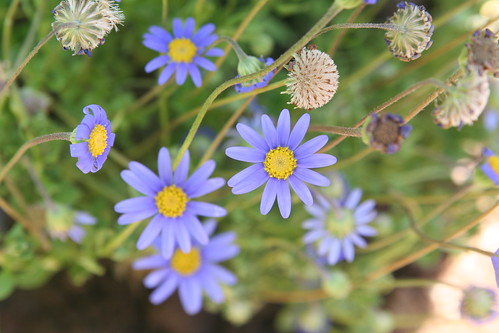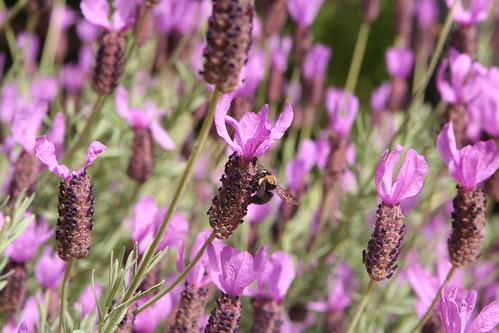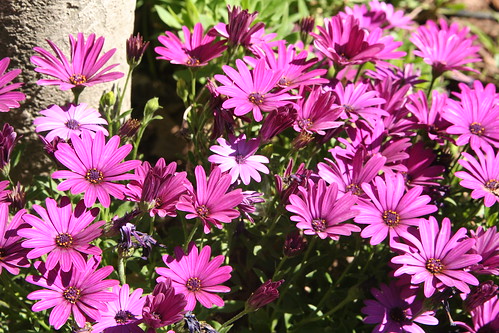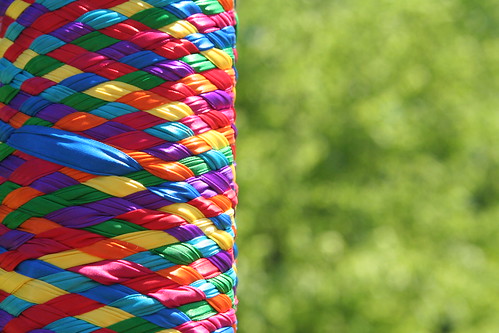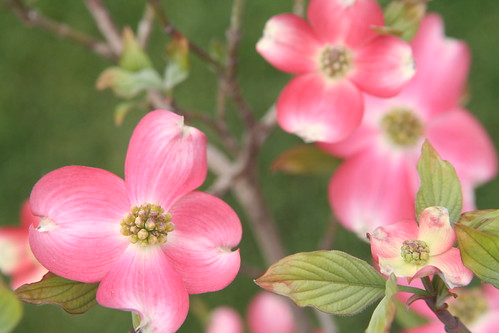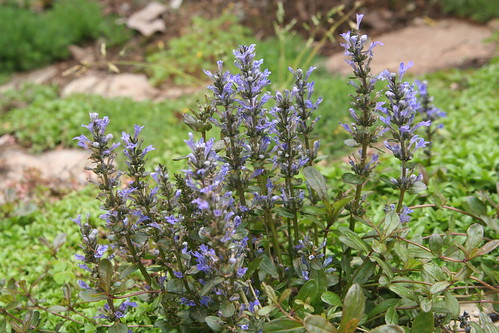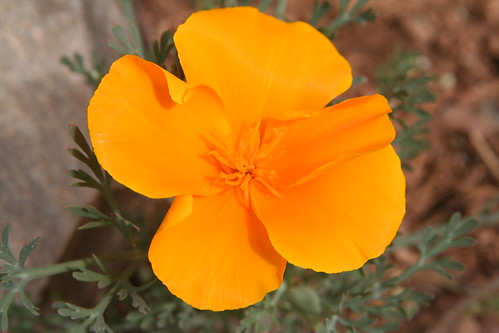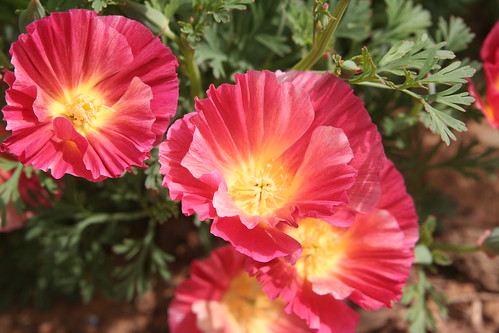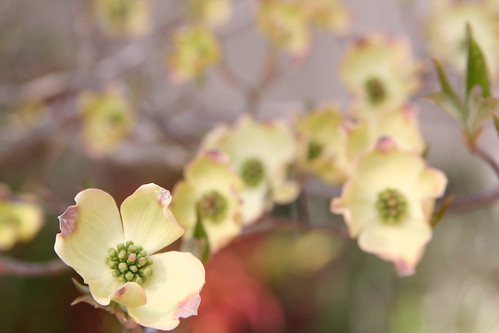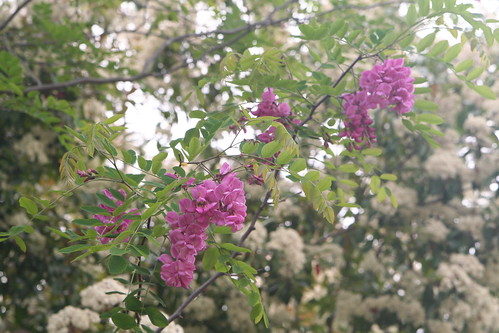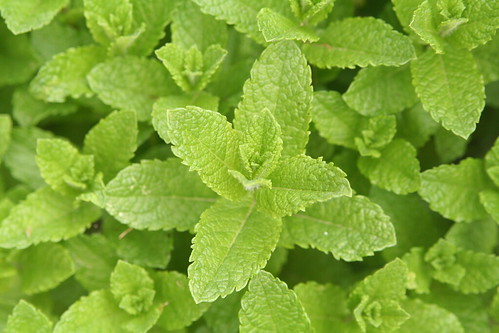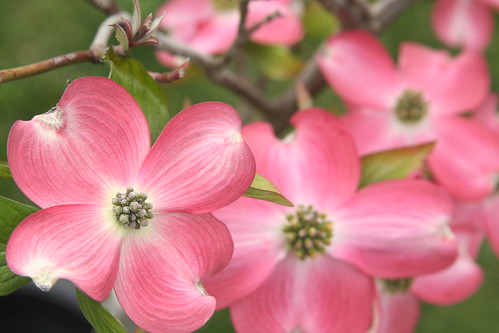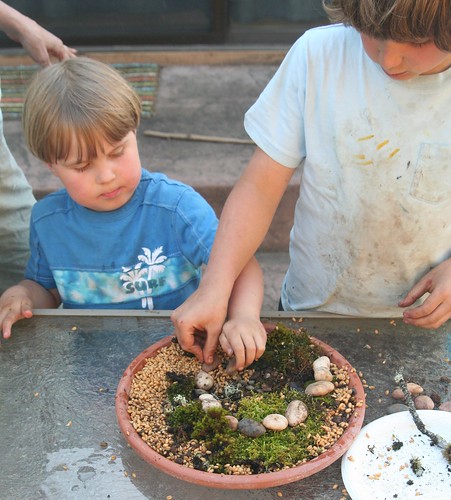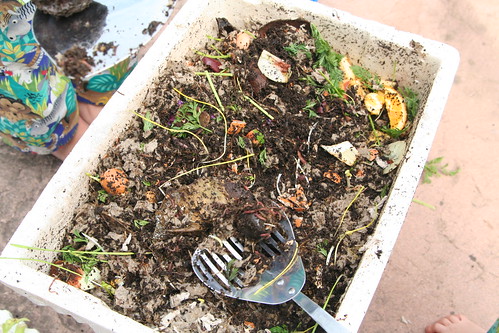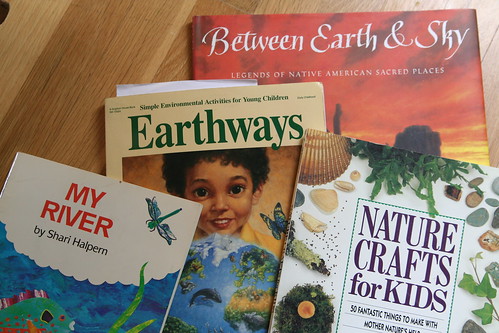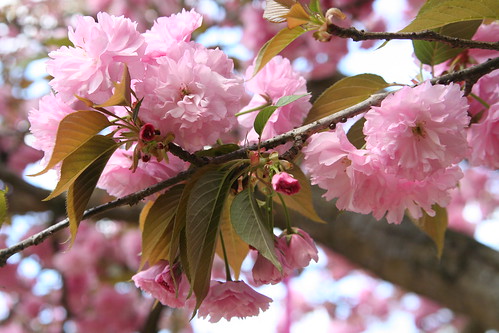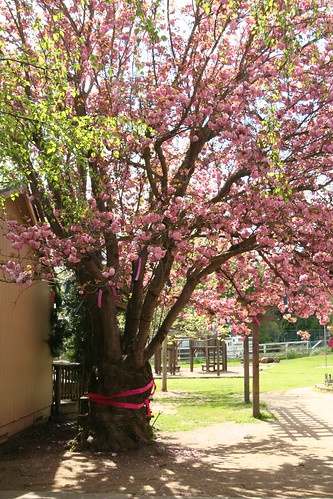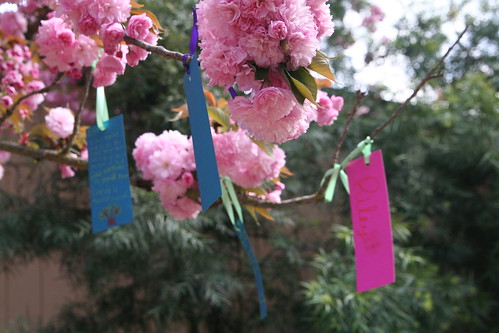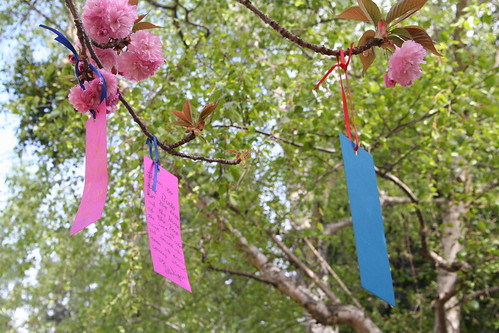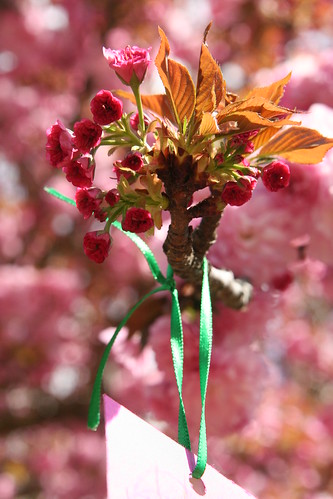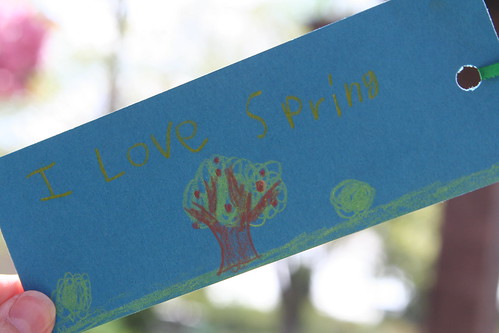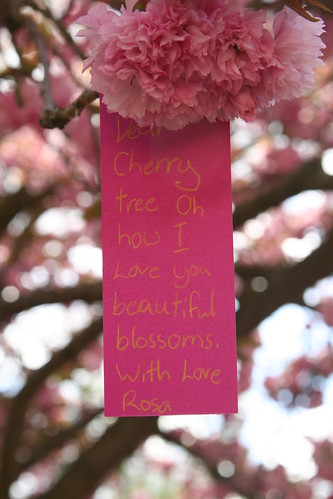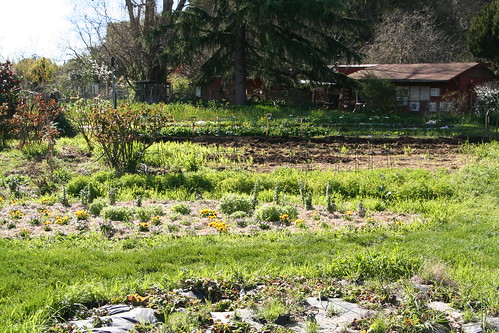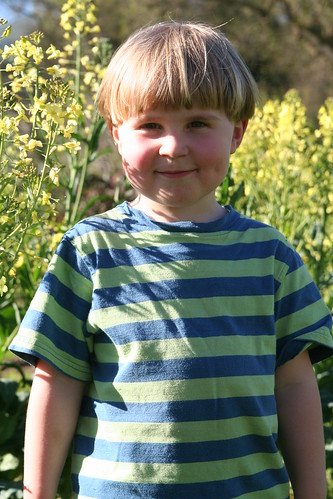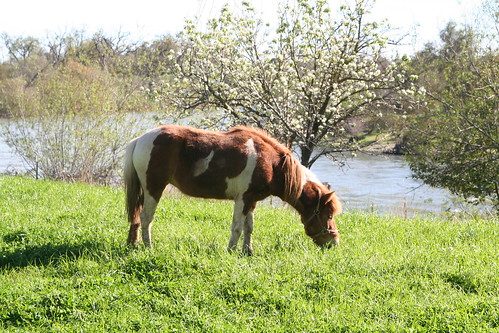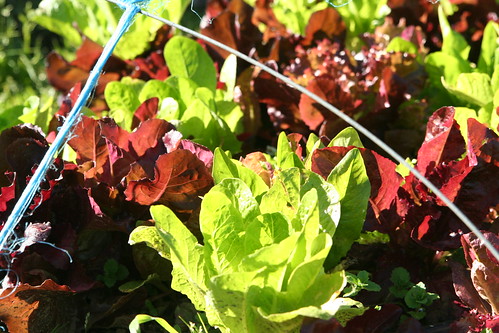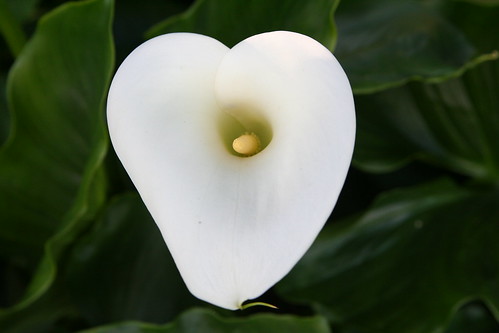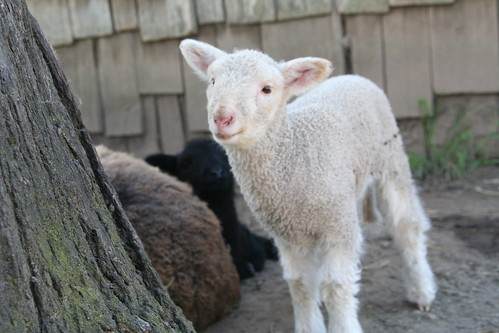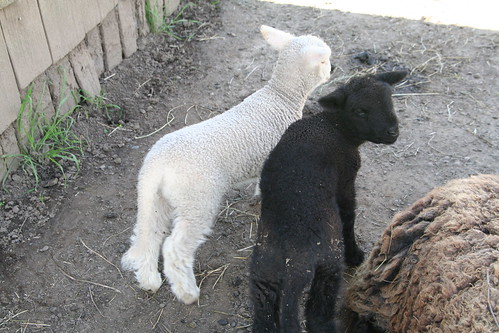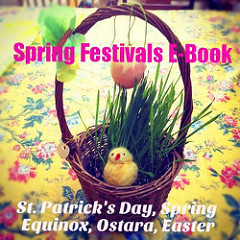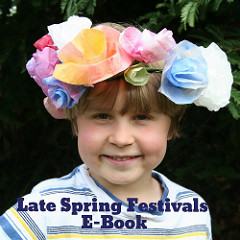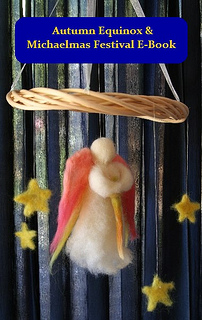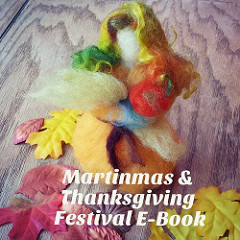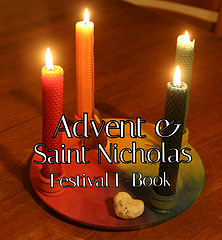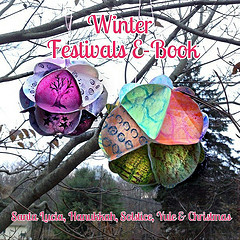Sheep Shearing at the Waldorf School
Our third-grade class at Sacramento Waldorf School recently completed a bock of study on clothing. As part of this block, they helped to shear one of the school’s sheep, Misty. Then they carded the wool and spun it into yarn. This is Misty and I must say, she is a good sport.
The March morning dawned beautifully on the school farm. The children lined up along the fence rails of Misty’s pen. The former handwork teacher, Ms. C, greeted the children and shook their hands. Farmer S instructed them on how to behave around Misty. In small groups the children cooperated to shear her. Some children held Misty’s legs, while Farmer S, Mrs. P, and several children began shearing, using scissors.
Mrs. P instructed each child how to use the scissors so that Misty wouldn’t be cut and so that the fleece was cut very close to her skin, preserving the long fibers so that they could be used for handwork.
She taught Lucas what to do. One must hold the scissors horizontally and be able to see the points before cutting. One mustn’t tug on the fleece while cutting because that can endanger Misty’s skin.
Every child in the class got a turn to shear and to help hold Misty, who patiently endured all their busy hands.
It was truly an amazing thing to watch these normally rambunctious children behaving so quietly and moving carefully.
Several parents were there to assist. We all got a chance to shear a bit, and hold Misty, too. Touching the fleece made my hands so soft from the lanolin in the wool.
These animals were the lucky ones: a ram and Balboa the llama. No shearing for them this day. Also spared was the ewe with two spring lambs to care for.
A rainbow of third-graders. Honestly, what a lot to endure! I think I’d freak out if that many hands were on me. Farmer S cut Misty’s hooves and did all the delicate, tricky shearing around her hindquarters.
Some of the kids sat cross-legged, holding Misty’s head in their laps. Here’s R covering Misty’s eye with her hand and whispering to her that everything is OK.
The kids really had a great time, I think.
Not so sure Misty did, but she survived!
